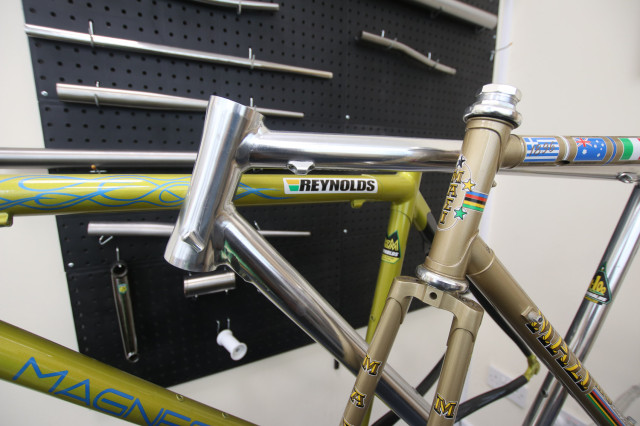langcliffe
Well-known member
I'm not sure this is really relevant to the context under discussion.These photos have just appeared on my Facebook feed. A post by DMM. Pretty convincing before / after shots of the tat tidy up at the top of the Old Man of Hoy. Titanium gear for the marine environment with what appears to be a cut plate ring rather than welded. More of an extreme tat mess, but it’s had to argue against this as a sustainable solution. I think I’m pro chains now, especially if it can be made this neat. There may be practical limits on bolt spacing in limestone. (Photos by Ray Wood I think)
View attachment 20603
View attachment 20604








